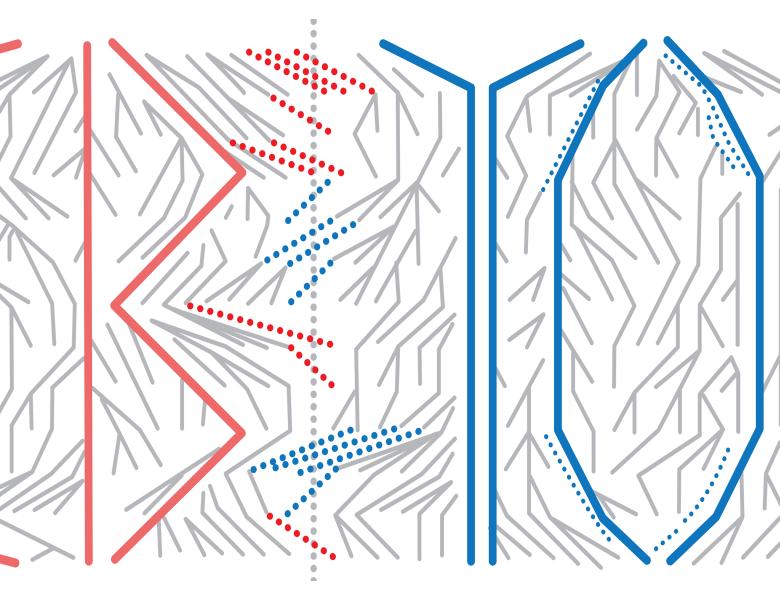Image

It is extraordinary that natural selection has evolved complex adaptations, encoded by compact genomes. The classical approach to understanding limits to selection has been through the concept of a "load" - the difference in mean fitness between a population evolving under natural selection, relative to some ideal process. However, such arguments generally require either asexual reproduction, or additive inheritance; results for arbitrary "fitness landscapes" are hard to obtain. Ideas from computer science may allow a better understanding of how interacting genes evolve in sexual populations.